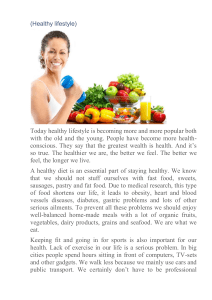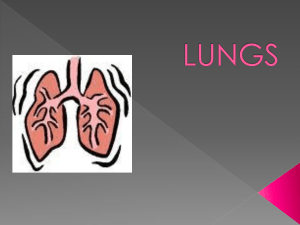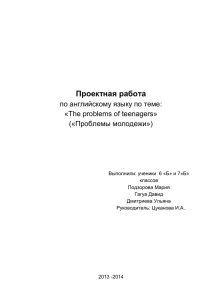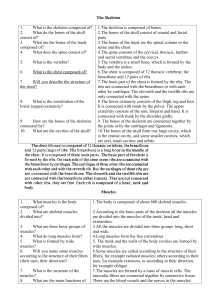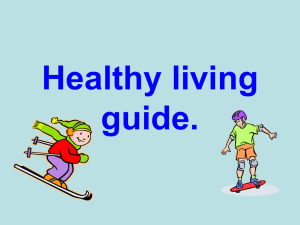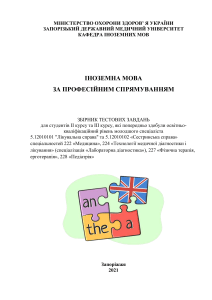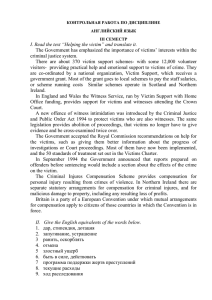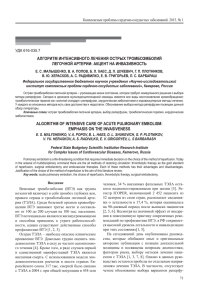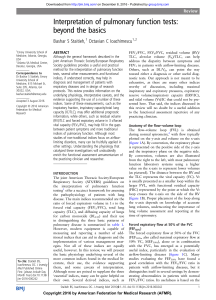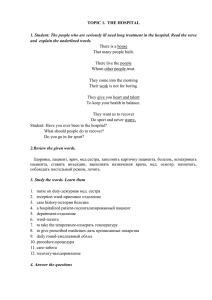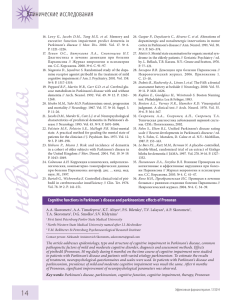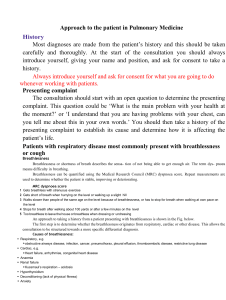Биохимия легких
реклама
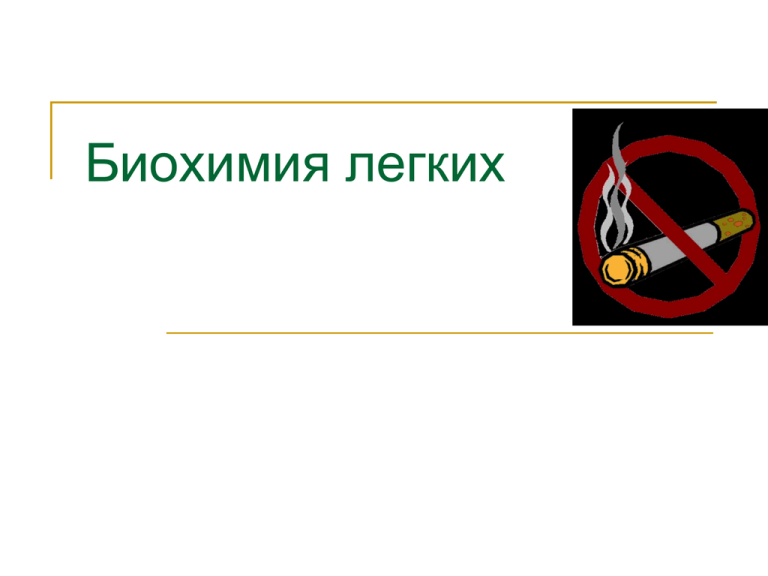
Биохимия легких Введение Легкие это: Более 40 различных клеток Более 800 м2 мембранной поверхности Огромное капиллярное русло Продукция различных веществ (сурфактант, слизь, коллаген, БАВ - АФК, кинины, биогенные амины – серотонин, гистамин, катехоламины ) Основные функции легких Газообмен (поддержка и обеспечение аэробного энергетического обмена, детоксикации, синтеза БАВ) Регуляция КОС Экскреторная – удаление СО2 и др. Ловушка мелких тромбов Активация БАВ – АФК, кинины, биогенные амины (серотонин, гистамин, катехоламины) Инактивация и катаболизм БАВ Детоксикация ксенобиотиков No smoking! от болезней, связанных с курением, ежегодно умирают 15,5 тыс. человек [Наройчик Л., 2010]. средняя потеря продолжительности жизни курящих составляет 18 лет, а для возраста 35–69 лет – 21 год. No smoking! Болезни легких Болезни легких обычно группируются по тому как влияют на функцию легких: Обструктивные болезни легких (эмфизема, астма, хр. бронхит) Obstructive lung diseases, such as emphysema, asthma, and chronic bronchitis, cause the airways to become partly blocked or narrower, making it more difficult for air to move through them. Табачный дым и поллютанты воздуха- главная причина этих болезней. Restrictive lung diseases make it harder for the respiratory system to expand. They can cause a stiffening of the lung or chest wall or make the respiratory muscles unable to respond to nerve signals from the brain. Breathing substances such as asbestos, silica, and coal dust can cause some types of restrictive disease. Pulmonary vascular diseases affect the circulation of blood in the lungs. For example, in pulmonary hypertension, the small blood vessels of the lung become narrower, making it difficult for the right side of the heart to pump blood. No smoking! Some diseases are difficult to categorize because they can harm the lungs in a number of ways. Some pollutants--particularly cigarette smoke--affect the cilia, causing the upward movement of mucus to slow or stop. Smoking cigarettes is also a major cause of lung cancer. Infectious lung diseases, such as tuberculosis and pneumonia, are caused by bacteria, viruses, or other organisms. These diseases are serious health concerns in all parts of the world. Разрушение легочных альвеол эластазой нейтрофилов Lung Emphysema Is a lung disease in which victims have difficulty breathing, especially when they exhale. Emphysema is one of the two main forms of chronic obstructive pulmonary diseases (COPD). The other is chronic bronchitis. Chronic obstructive pulmonary diseases are characterized by progressive Picture source: US Food and Drug Administration narrowing of the airways. http://64.143.176.9/library/healthguide/en-us/images/media/medical/hw/h9991437_001.jpg How Emphysema Affects Breathing Picture source: The New York Times http://graphics8.nytimes.com/images/2007/08/01/health/adam/17055.jpg Fresh air is carried through the airways to alveoli, contain a network of pulmonary capillaries. The gas exchange occurs. Emphysema destroys the walls of alveoli, including the pulmonary capillaries. The lung begins to lose elasticity and becomes overinflated as more air is inhaled and trapped in the air spaces. Thus, emphysema disrupts the flow of carbon dioxide from the body and deprives body tissues of needed oxygen. Symptoms of Emphysema difficulty in breathing, especially during exhalation; shortness of breath; an enlarged chest; bluish skin color resulting from a less than normal amount of oxygen in the blood. Emphysema victims often suffer from frequent colds and lung infections. Some also develop serious heart disease. Causes and Treatment of Emphysema Causes: cigarette smoking; air pollution; environmental or occupational hazards; repeated infections; genetic factors; a1-antitrypsine deficiency. Macrophagal proteases can destroy the alveolar walls in emphysema victims. a1-antitrypsine control these enzymes. Treatment. Emphysema cannot be cured, but treatment may help reduce further lung damage. Victims of emphysema should avoid cigarette smoking and air pollution. promptly treat recurrent colds and infections. Many victims are helped by drugs, physical therapy, special breathing techniques, and by breathing oxygen-enriched air. Smoking is Shameful! Smoking is Lucky Shot! Stop Smoking! Smoking Kills! Smoking Kills! No smoking! No smoking! …to smoke or not to smoke? Smoking Causes Cancer! Smoking shortens your days! Smoking makes your look fool! Smoking is dangerous! Smoking kills! Smoking = Lung Cancer Smoking steels your days! Smoking Kills! Респираторный дистресс синдром (болезнь гиалиновых мембран) …or respiratory distress syndrome, is a lung condition that affects premature babies. underdevelopment of the lungs of these infants. The air sacs of the lungs collapse, causing rapid, difficult breathing and, in many cases, death by suffocation. Hyaline membrane disease ranks as a major cause of death among premature infants. Респираторный дистресс синдром The term hyaline membrane refers to the clear, glassy membranes found in the lungs of babies that die of the disease. Many physicians believe these membranes are produced as a reaction to lung damage caused by the strain of breathing air in an immature lung. Surfactant Underdeveloped lungs lack pulmonary surfactant: prevents the air sacs from collapsing. Dipalmitoylphosphatidylcholi ne (DPPC) is a phospholipid and the major constituent of pulmonary surfactant. respirators and high-humidity incubators: 4-5 days of therapy, then lungs produce pulmonary surfactant. Artificial surfactants can be given to infants soon after birth to prevent the disease. O O O + N O P O O
